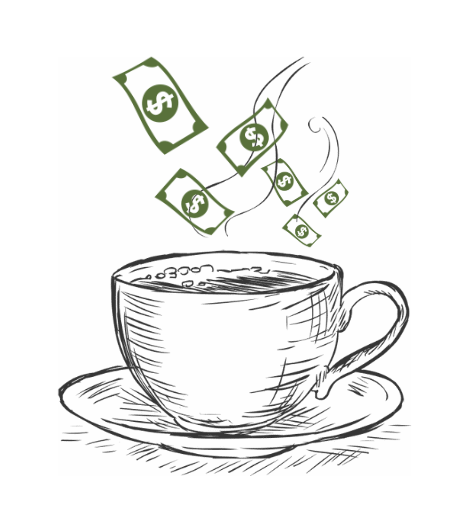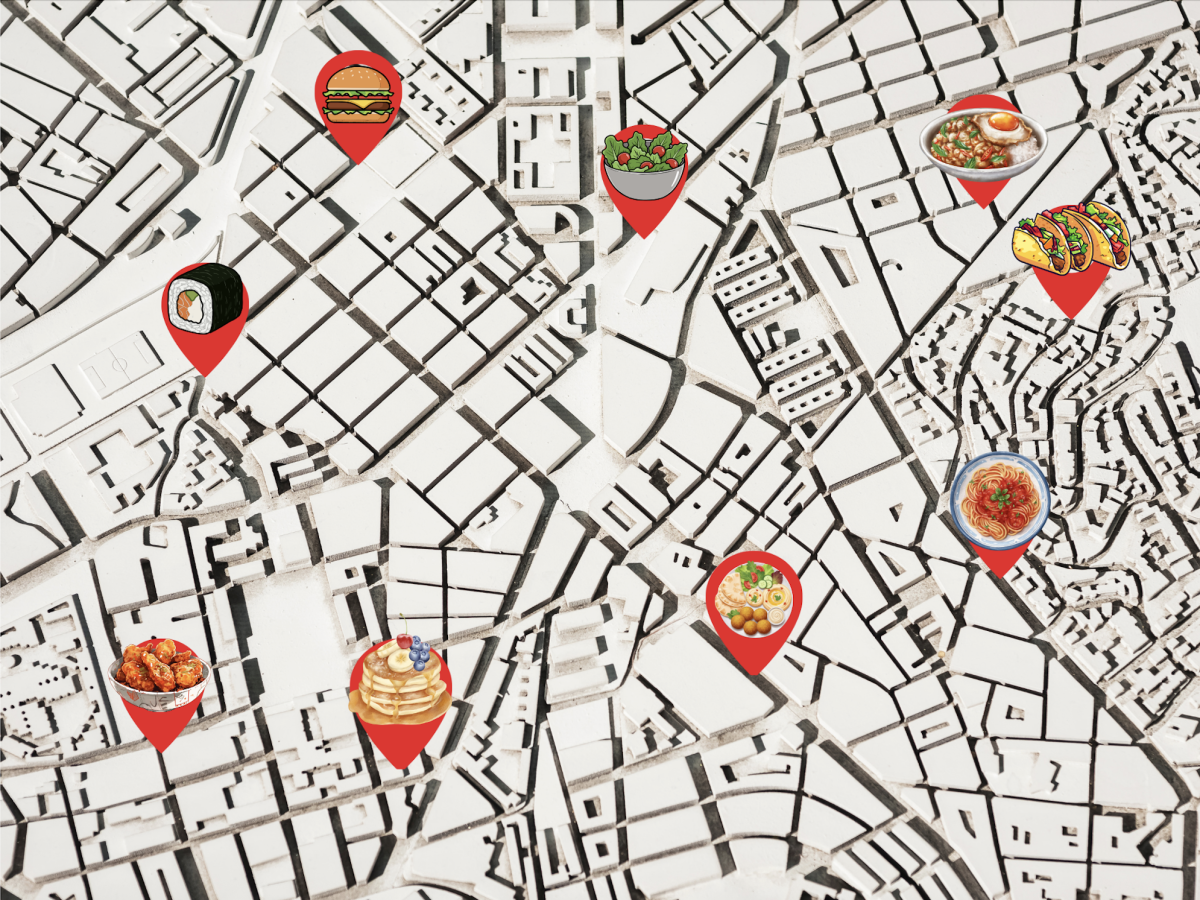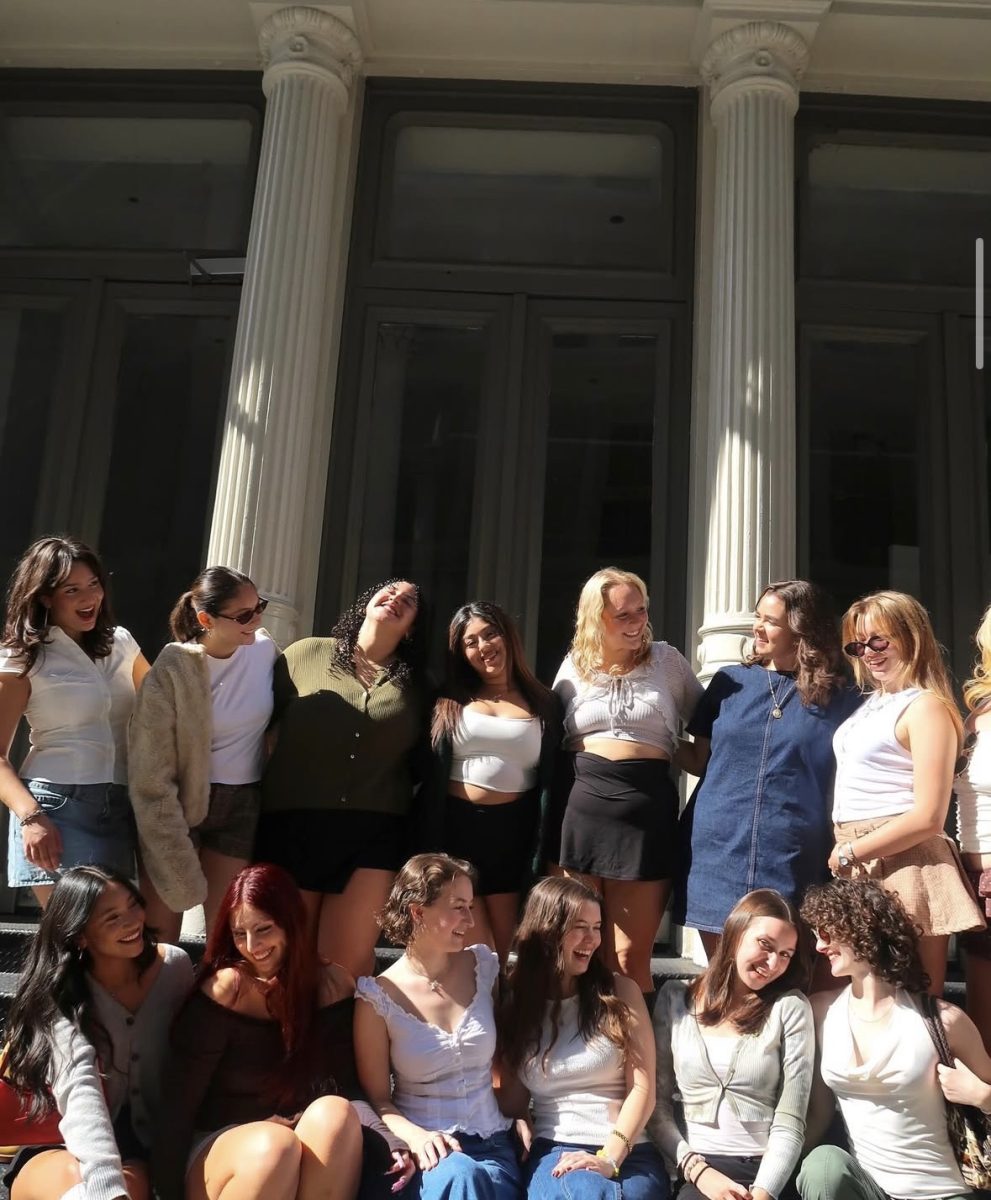A month into the fall semester, it’s likely that new and returning university students are becoming painfully aware of the high cost of living in New York City. Between lunch dates, groceries, and parties, “Keeping up with the Joneses” is no easy feat. In response to the booming market for deal-hungry students, TUN.com released their Deal Finder application for iOS and Android-powered devices.
While the app is advertised to sort through local offerings and offer up daily deals, that promise falls short in real-world use. The app seems unable to differentiate between a daily deal and a product being sold at regular list price. For example, in tests, the app would offer a restaurant deal for reduced-price drink, but the price of the drinks was the everyday list price. This phenomenon at first seemed to be a glitch, but with continued use of the app throughout the city, the “glitch” happened over and over.
The app was inconsistent: It would sometimes work as promised and offer deals such as free appetizers with drink orders, but more often than not it would offer up the regular price in place of an actual deal.
The app succeeded in covering a wide range of establishments that offered discounts, from salons and restaurants, to activities like cheap kick-boxing classes and discounts on clothes at major brands like J.Crew and Banana Republic.
On an iPhone, the app displayed deal finds on a Google map, rather than the new iOS 6-implimented Apple maps. The built-in Google Maps, however, were not as good as the Google Maps found on previous versions of iOS, and location accuracy always seemed off.
Another downside to the app was the user
A month into the fall semester, it’s likely that new and returning university students are becoming painfully aware of the high cost of living in New York City. Between lunch dates, groceries, and parties, “Keeping up with the Joneses” is no easy feat. In response to the booming market for deal-hungry students, TUN.com released their Deal Finder application for iOS and Android-powered devices.
While the app is advertised to sort through local offerings and offer up daily deals, that promise falls short in real-world use. The app seems unable to differentiate between a daily deal and a product being sold at regular list price. For example, in tests, the app would offer a restaurant deal for reduced-price drink, but the price of the drinks was the everyday list price. This phenomenon at first seemed to be a glitch, but with continued use of the app throughout the city, the “glitch” happened over and over.
The app was inconsistent: It would sometimes work as promised and offer deals such as free appetizers with drink orders, but more often than not it would offer up the regular price in place of an actual deal.
The app succeeded in covering a wide range of establishments that offered discounts, from salons and restaurants, to activities like cheap kick-boxing classes and discounts on clothes at major brands like J.Crew and Banana Republic.
On an iPhone, the app displayed deal finds on a Google map, rather than the new iOS 6-implimented Apple maps. The built-in Google Maps, however, were not as good as the Google Maps found on previous versions of iOS, and location accuracy always seemed off.
Another downside to the app was the user interface. There’s no real way around the fact that the app was just ugly. Its presentation looked very similar to the apps that came out back when the app store was first launched in 2008. The start screen was dull and almost patronizing, with a button that explained how to use the app, which just seemed unnecessary in this day and age.
The built-in Google map, in addition to being a step back from the Google Maps experience users have become accustomed to, loaded slowly in tests with an iPhone 4S and an iPhone 5. The best way to use the app was in list view, which revealed poorly made icons that were both confusing and looked like they were stolen from the Windows 98 desktop.
An Augmented Reality viewer was built into the app, similar to Google “Goggles” app found on some Android devices, but in tests, it refused to load on the 4S and worked only when loaded on an Android device.
Tammie David, freshmanw, who used the app on her iPhone 4S, felt that the app didn’t always seem to be tailored to all students because many deals appear at establishments that cater exclusively to the 21 and older crowd.
Asked how she felt about using the map view, David responded, “The map view was far better for finding places but the app [is] boring to look at. I wouldn’t recommend this to anyone.”
Freshman Ryan Lowney, who used the app on his Android phone, concluded, “It’s not really useful in the time I’ve used it but it sometimes brings up a good deal. I would recommend it to someone but personally I don’t really use it that often because the deals aren’t that great.”
“All in all,” Lowney continued, “the app does its job and is free, but it is possible to find much better. The idea is good but the presentation is lacking greatly and in an age of retina displays being standard on new phones this app does not do justice to any phone built within the last three years.”






